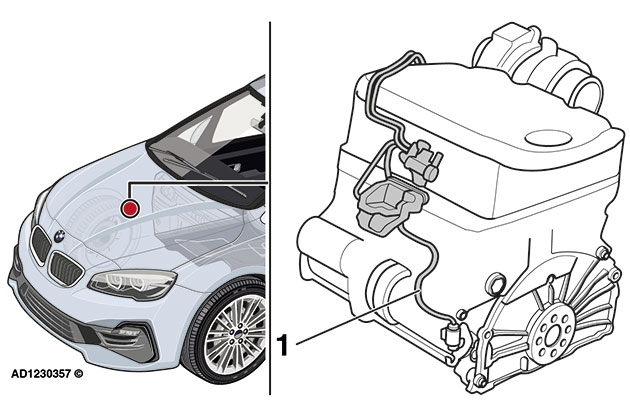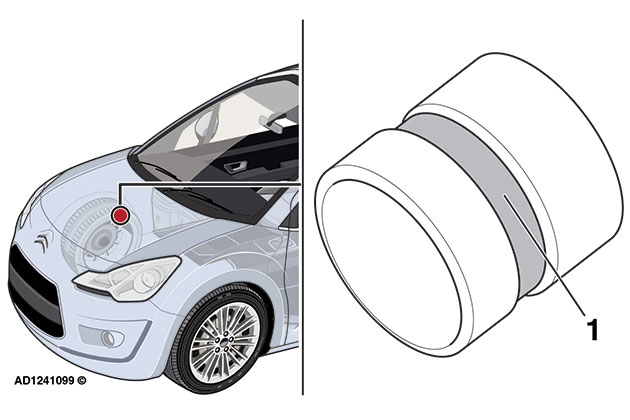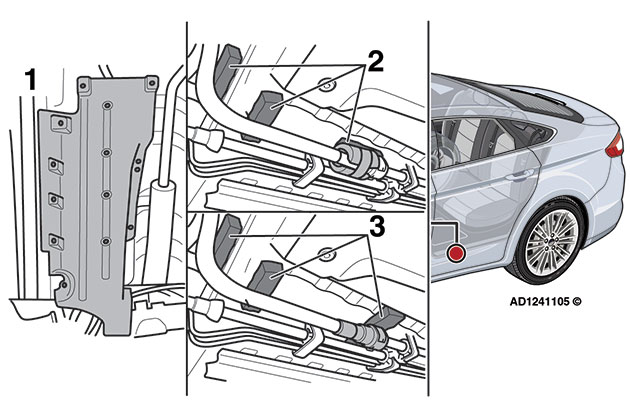Problems fixed: BMW, Citroën and Ford

In this article: Leading technical supplier Autodata helps you fix three common problems found in passenger cars
The problem
A customer has a 2017 BMW 2 Series 2.0 diesel which is suffering with a lack of engine power and the engine malfunction indicator lamp is illuminated. Trouble codes 244C and 27F1 are stored in the fault memory. We have checked the components that the stored trouble codes relate to, but we cannot find a solution to the fault.
The fix
The fault you describe affects several BMW models with B47 C20B engine codes between November 2017 and September 2018. The fault is caused by the vacuum hoses for the turbocharger wastegate regulating valve and exhaust gas recirculation valve being kinked or restricted. Inspect the vacuum control system hoses for restrictions. Renew vacuum hoses as necessary, erase the trouble codes and carry out road test to ensure faults have been rectified.

The Problem
A customer’s 2015 Citroën C3 1.2 petrol had an engine oil leak in the area of the transmission bell housing. We replaced the crankshaft rear oil seal. Now the vehicle has come back to the workshop with the same engine oil leak after only a few months. We suspect the crankshaft rear oil seal, are you aware of any other possible causes before we remove the transmission again?
The fix
This affects C3 models with HMZ engine code. The fault is due to an unsatisfactory design of the crankshaft allowing engine oil to seep out of the rear end. A capped spigot bush is available from Citroën parts department and is required to rectify this fault. Remove the transmission and flywheel and thoroughly clean all components. Remove the existing spigot bush. Apply Loctite 648 sealant to the new capped spigot bush. Fit the capped spigot bush to the rear of crankshaft. If necessary replace crankshaft rear oil seal. Inspect clutch assembly, replace if necessary.

The problem
We have a 2014 Ford Mondeo in the workshop and the customer is complaining of a booming/rattling noise from under the vehicle at 2,000-2,500 rpm. We have heard the noise on road test but we are struggling to find the source of the fault in the workshop. We have visually checked around the suspension but cannot pinpoint the noise.
The fix
The problem you have described has been reported on several early Ford Mondeo models with 2.0 diesel engines. The noise is due to the fuel supply line vibrating against the underside of the vehicle and a foam pad is required to fix this fault. There are two versions of the fuel supply line, models with and models without a protective boot fitted to the fuel line quick-release connector. To check which version fuel supply line is fitted, remove the underbody shield. Cut the foam pad, available from Ford parts department, into three equal strips and fit. Refit the underbody shield. Carry out a road test to ensure the noise has been eliminated.





